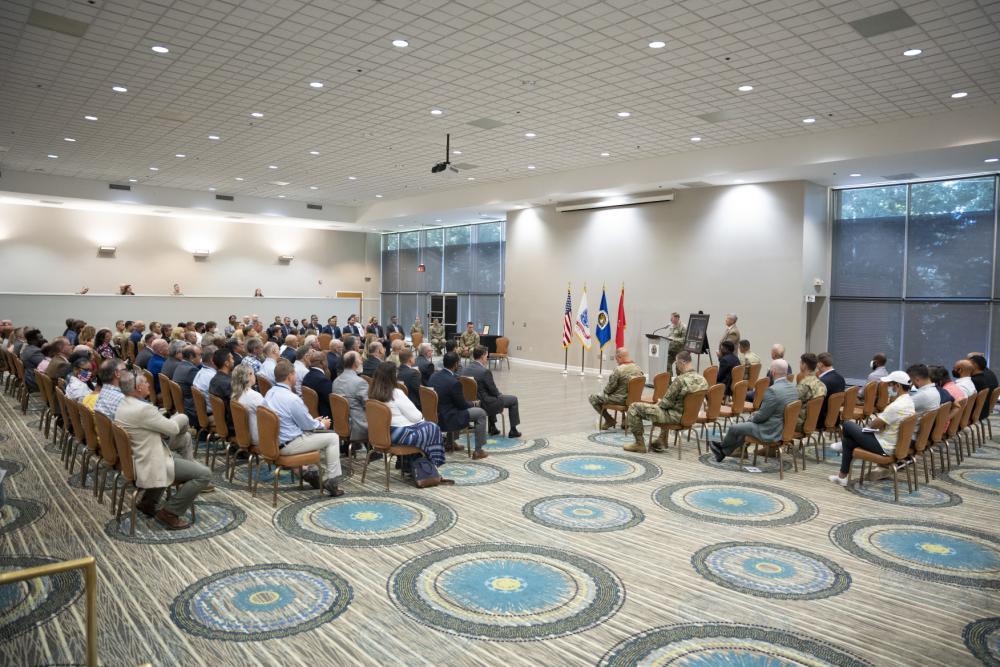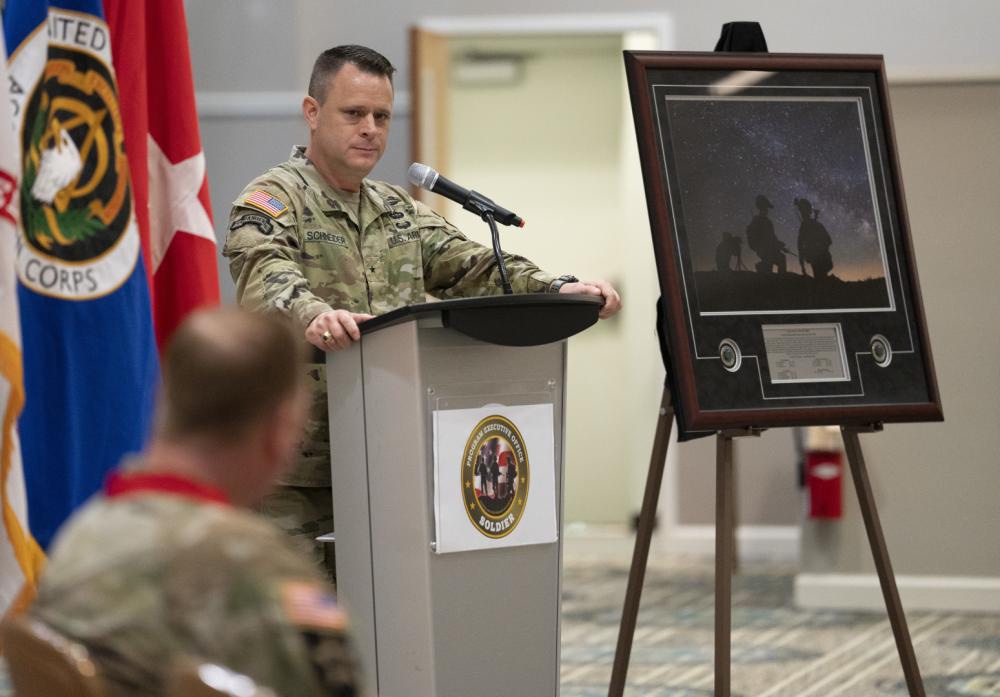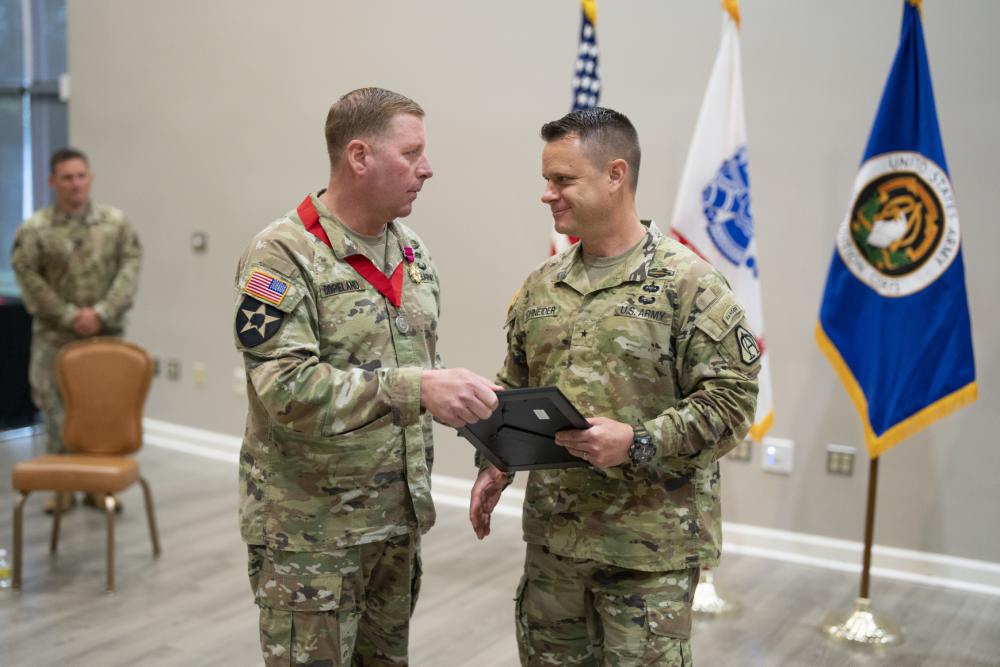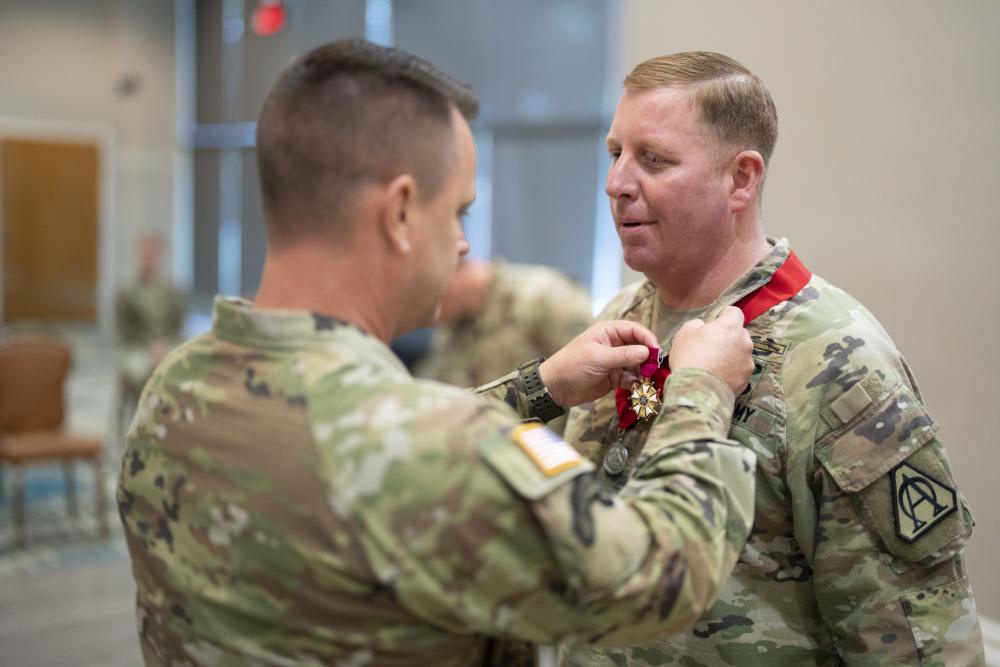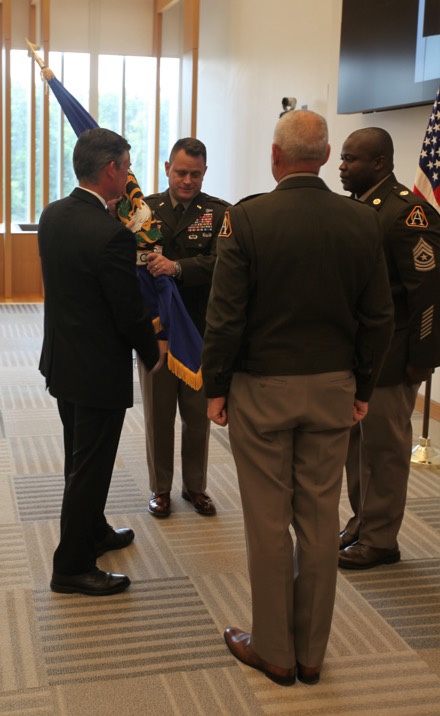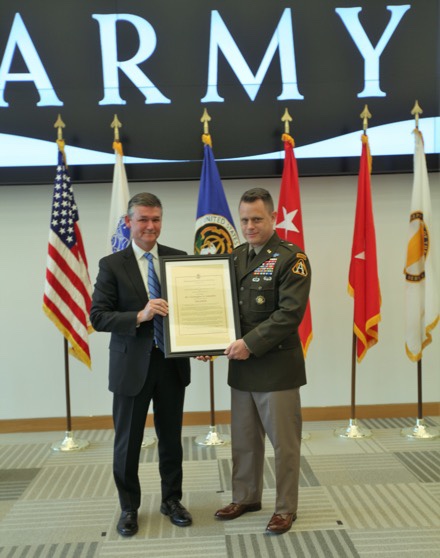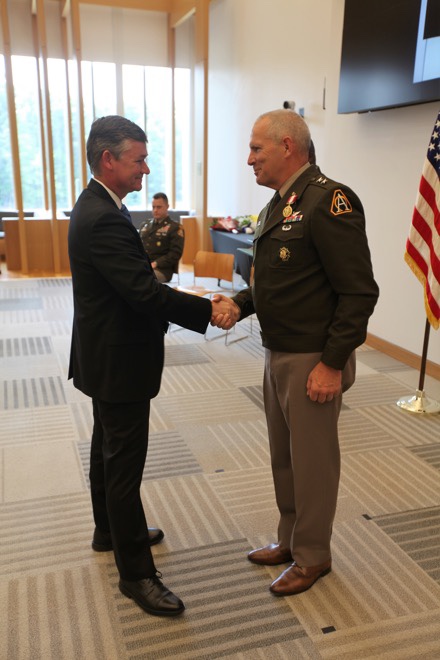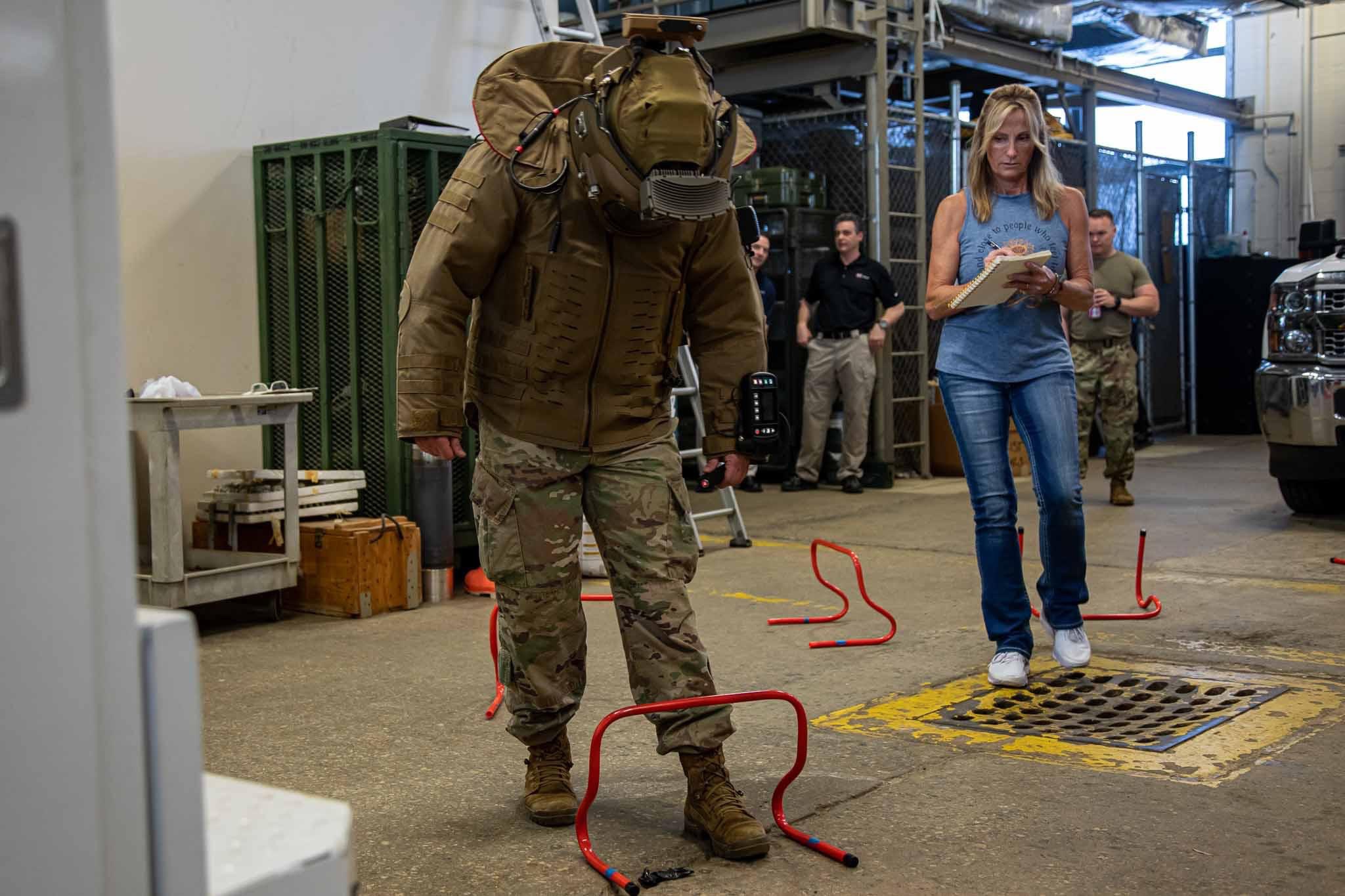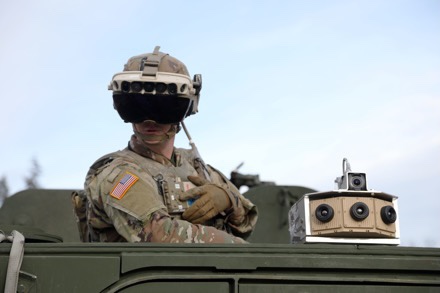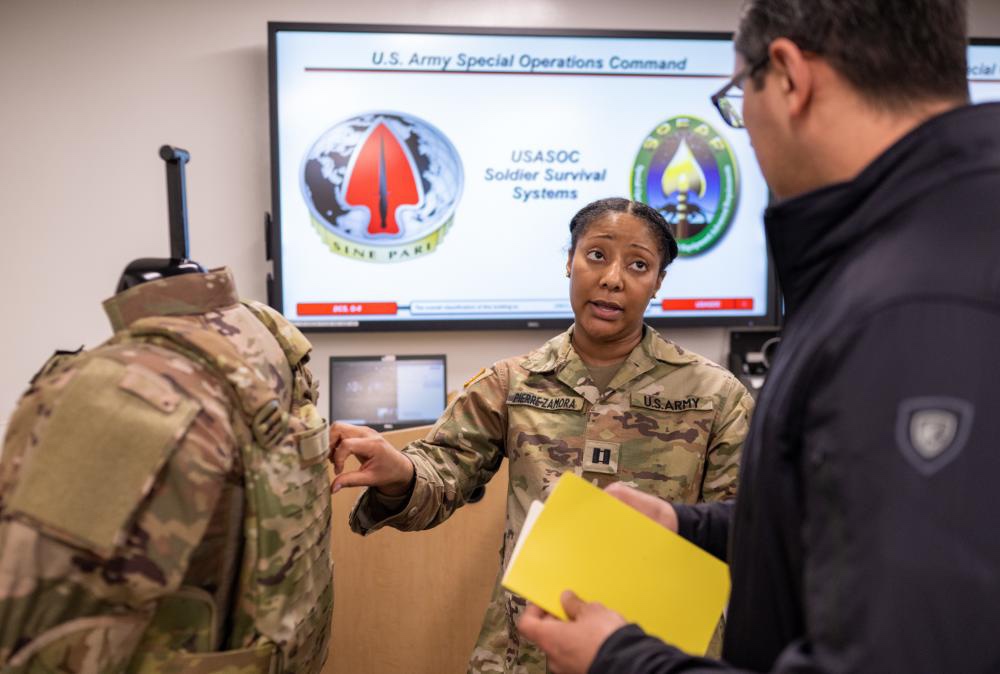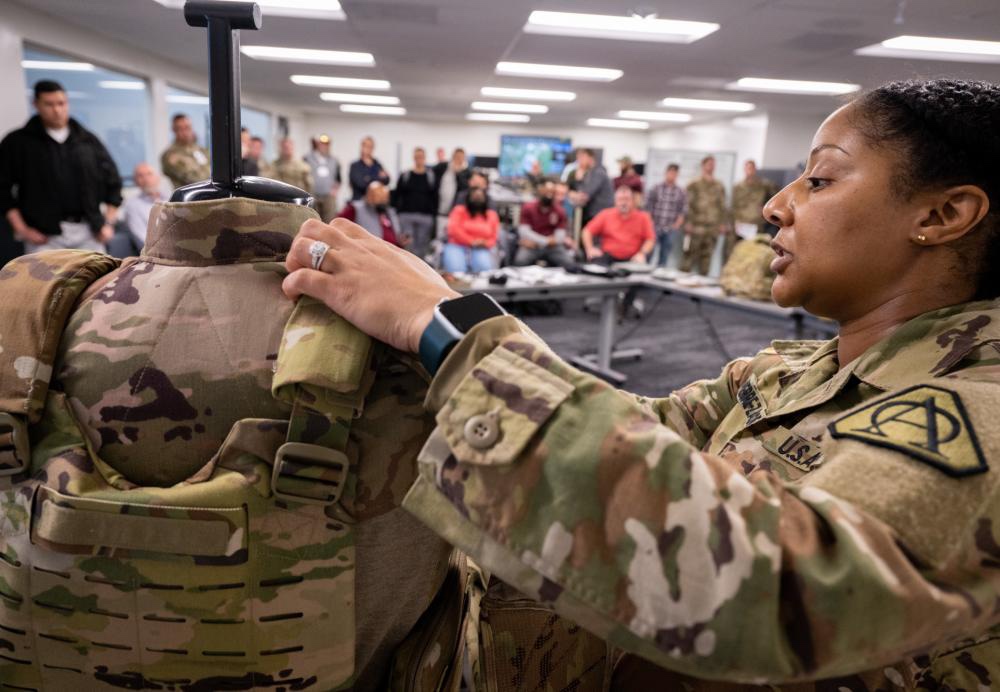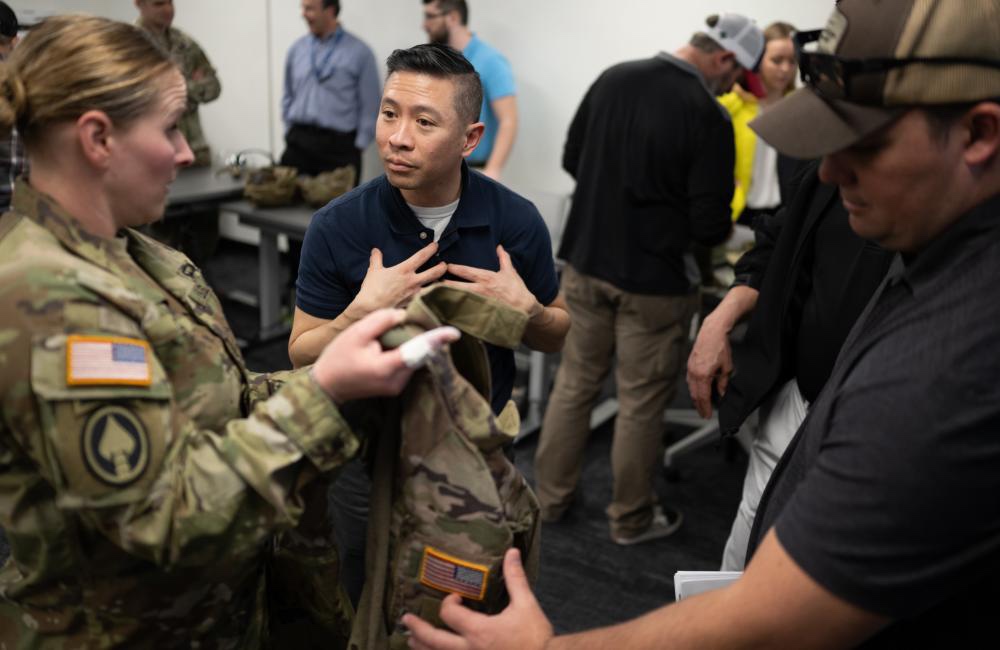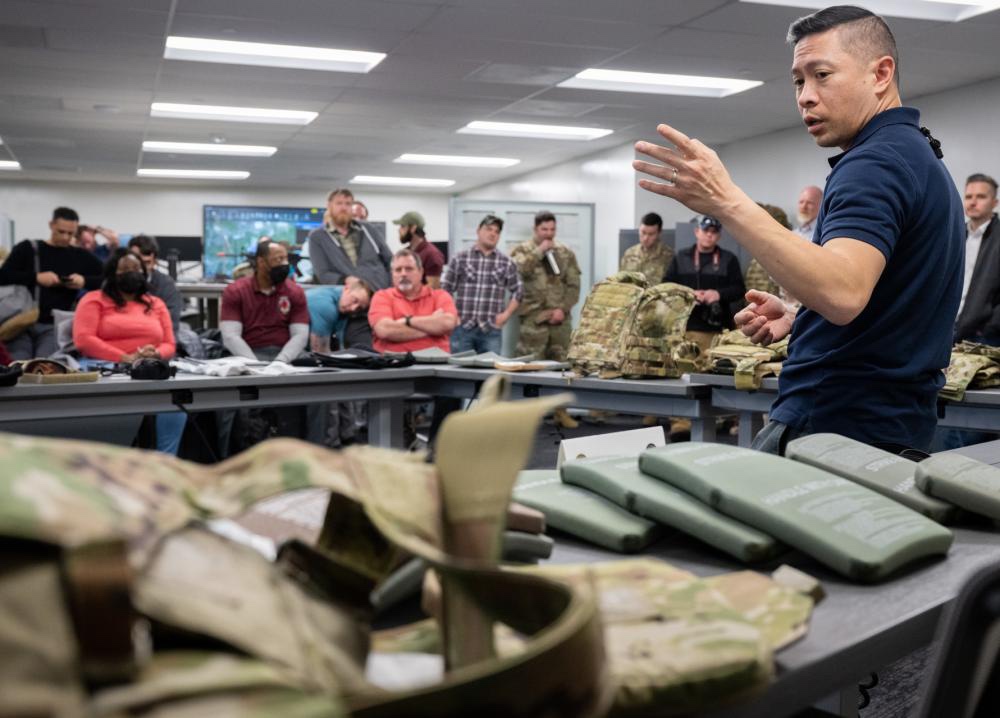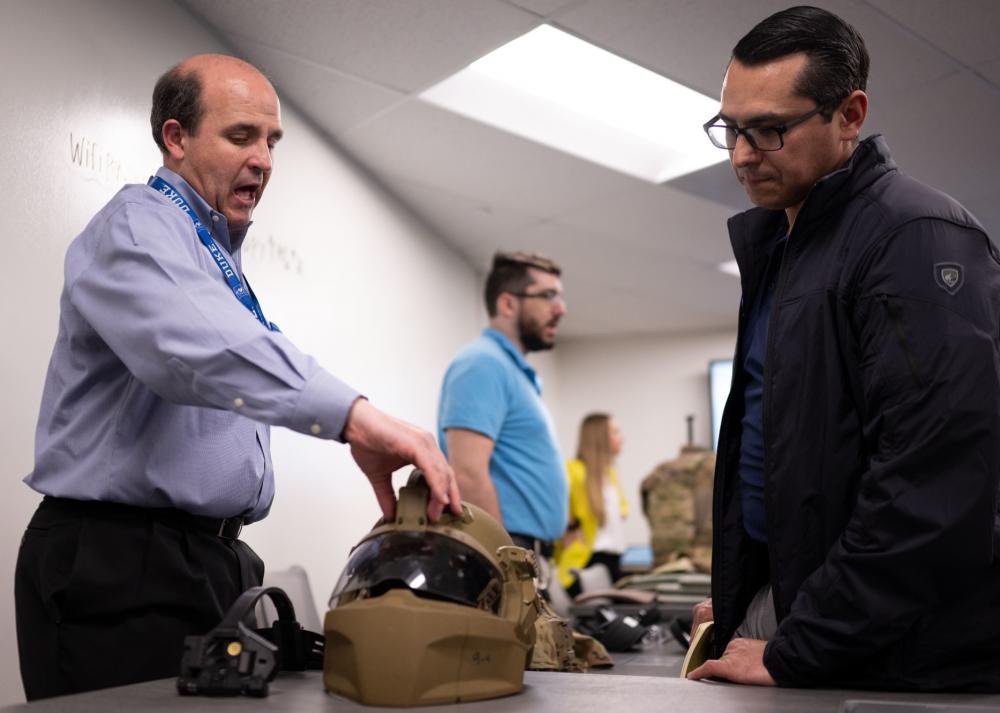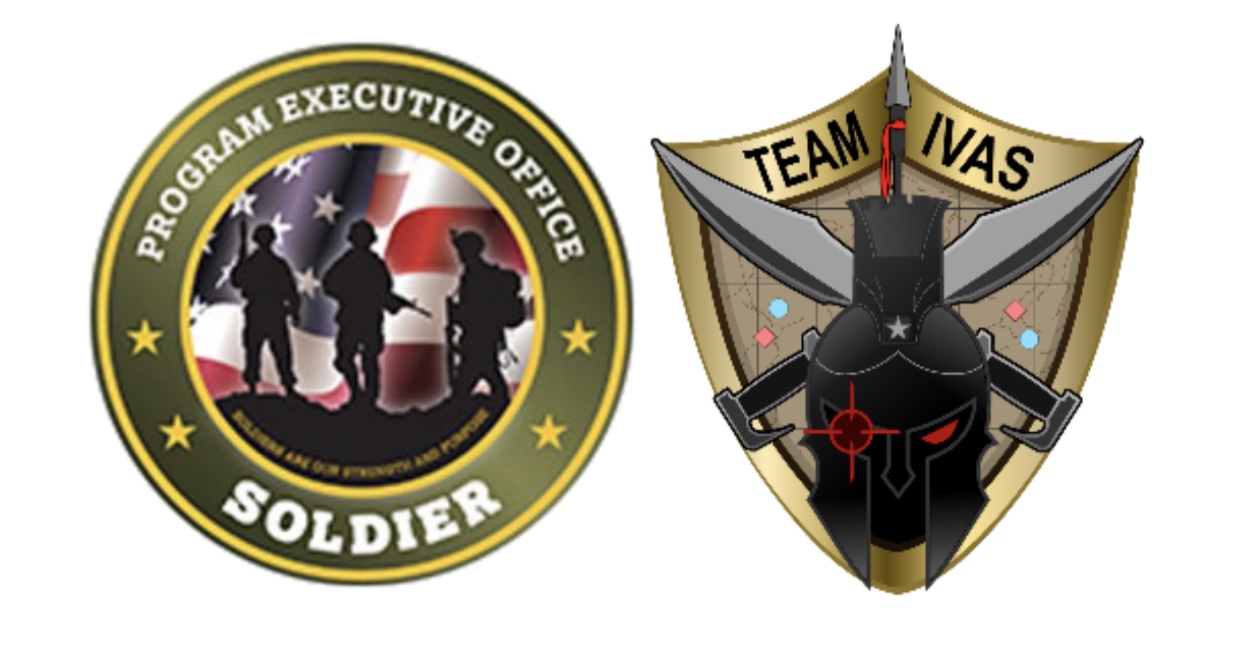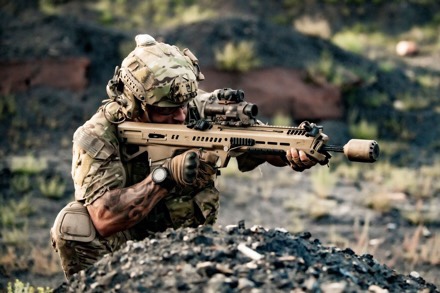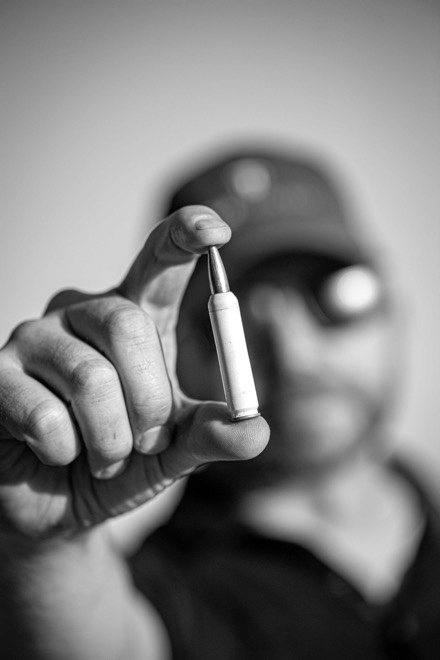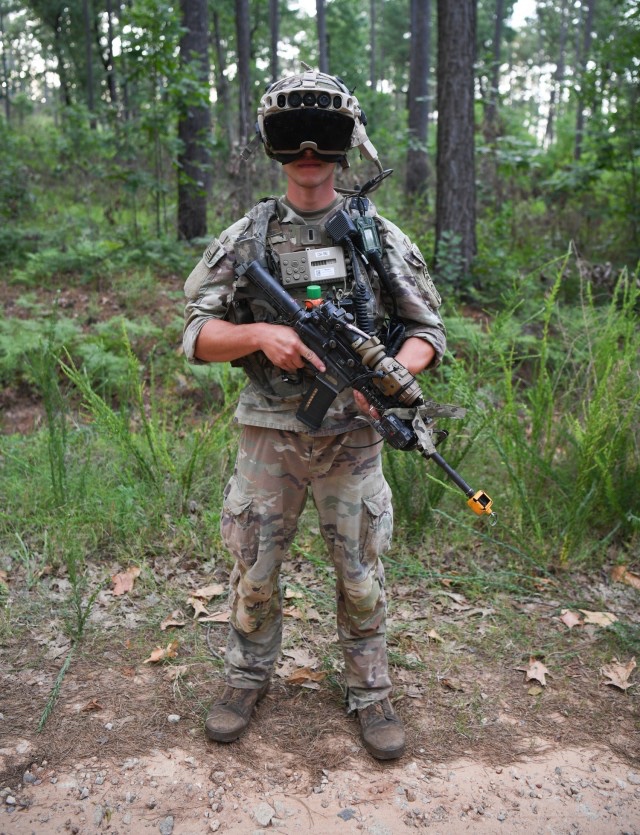
FORT BRAGG, North Carolina — 82nd Airborne Division Paratroopers helping the Army make decisions on its newest program to provide Infantry Soldiers with a mixed reality headset.
Working toward a future when cloud services, squad radios, and necessary combat information can be combined and visualized on a set of futuristic goggles, Soldiers with the 2nd Battalion, 501st Parachute Infantry Regiment (PIR), 1st Infantry Brigade Combat Team are rehearsing combat missions under sweltering 100 degree-plus heat, high humidity, and even a few thunderstorms.
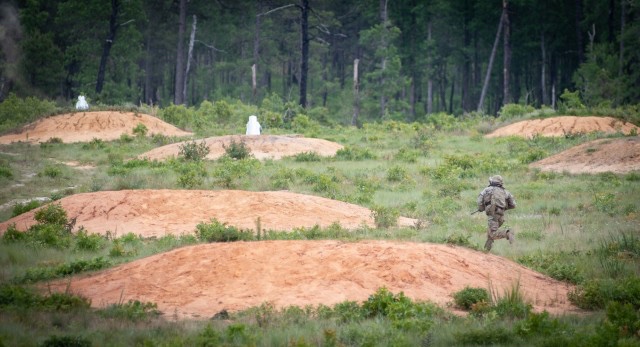
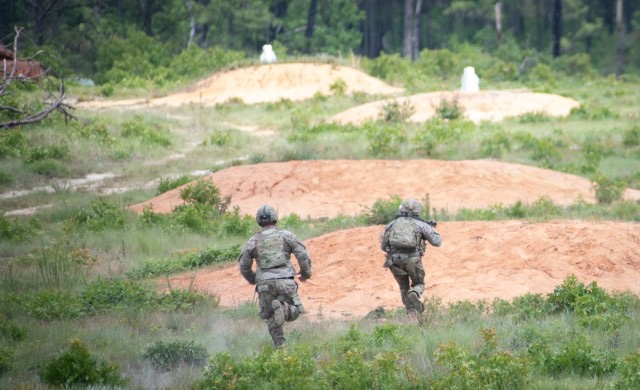
According to Program Executive Office Soldier, the Integrated Visual Augmentation System (IVAS) may one day integrate next generation 24/7 situational awareness tools and high-resolution digital sensors to deliver a single platform that improves Soldier sensing, decision making, target acquisition, and target engagement.
Army Secretary Christine Wormuth said during first looks at IVAS, “Remember early satellite phones from the 1980s that wealthy people had in their cars? They were big and clunky and now we have iPhones. It took us some time to get there.”
Capt. Roberto Huie, commander of Bravo Company, 2nd Battalion, 501st Parachute Infantry Regiment (PIR), 1st Infantry Brigade Combat Team (IBCT), 82nd Airborne Division, said seeing the location of all his Soldiers wearing the system is a huge benefit.
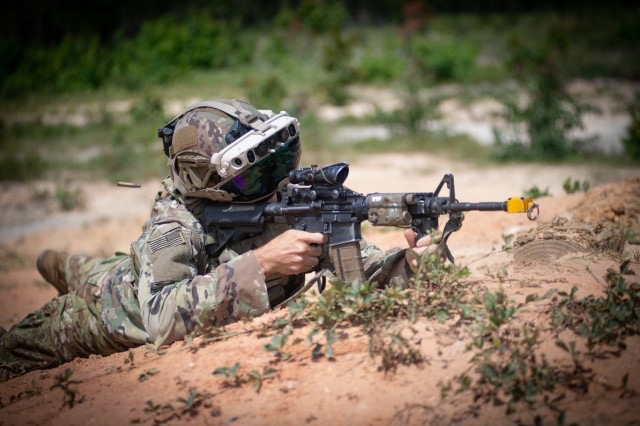
“Such a system will significantly improve reaction time for unit leaders who make decisions under the stress of battle,” he said.
The Opposing Force Commander, Capt. Phillip Johnston of Alpha Company, 2nd Battalion, 501st Parachute Infantry Regiment (PIR), 1st Infantry Brigade Combat Team (IBCT), 82nd Airborne Division, said the test gave him an opportunity to train his company, with nine separate missions to plan, rehearse and execute.
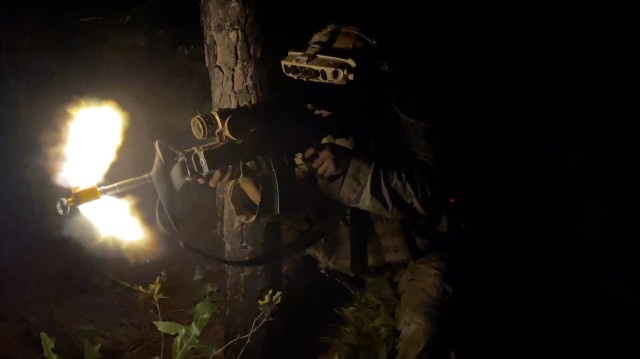
“We trained at a level of we have not seen previously in the Army,” he said. “It was invaluable to have an outside look into the Company from the Operational Test Command without having the pressure of graded evaluations that normally come with training events.”
~~
Story by LTC Jerry L. Jones Jr., Test Officer, Maneuver Test Directorate, U.S. Operational Test Command
Photos by Mr. Nicholas Robertson, Visual Information Specialist, U.S. Army Operational Test Command


